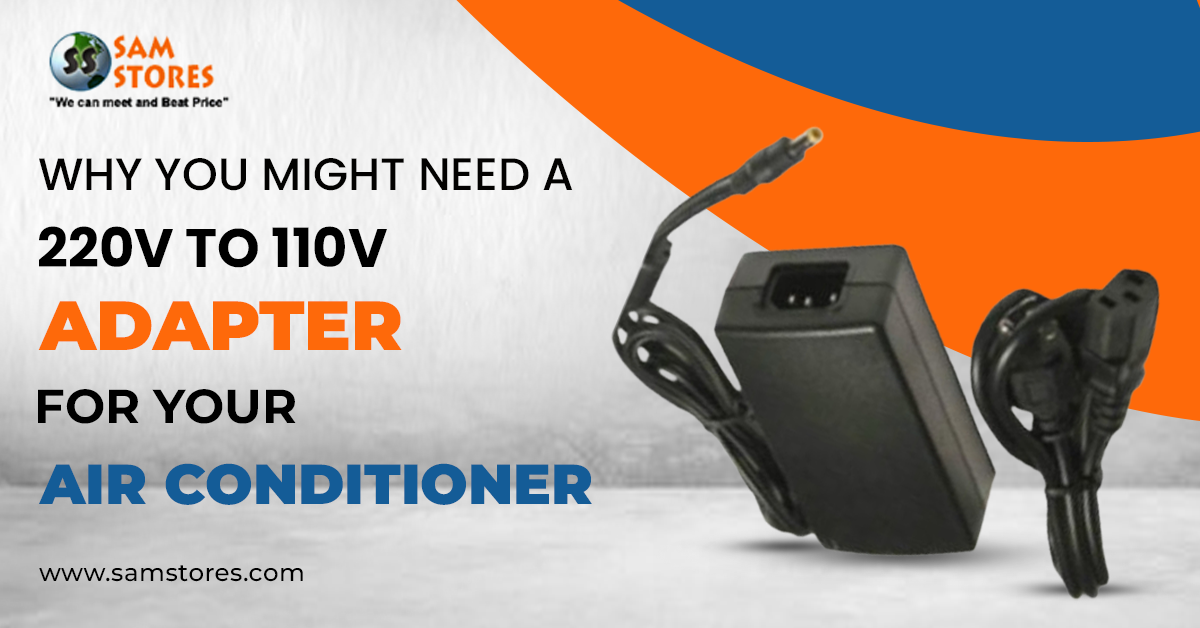When it comes to keeping your home or office comfortable during hot summer months, a 220 volt through the wall air conditioner is a reliable and efficient option. These units are designed for permanent installation, making them a popular choice for spaces where window units are impractical. However, with various models on the market, it can be overwhelming to choose the right one. To help you make an informed decision, this guide highlights the top features to look for when purchasing a 220 volt air conditioner.
1. Cooling Capacity (BTU Rating)
The first and most important factor to consider is the cooling capacity, which is measured in British Thermal Units (BTUs). The BTU rating determines how effectively the air conditioner can cool a room. For larger spaces, you will need a unit with a higher BTU rating. Here’s a general guideline:
- Up to 350 sq. ft. – 8,000 BTU
- 350 to 550 sq. ft. – 12,000 BTU
- 550 to 1,000 sq. ft. – 18,000 BTU or higher
Choosing the right BTU capacity ensures that the unit cools efficiently without overworking, which can lead to energy waste.
2. Energy Efficiency (EER and CEER Ratings)
Energy efficiency is a crucial feature, as it impacts both running costs and your carbon footprint. When shopping for a 220 volt air conditioner, look for:
- EER (Energy Efficiency Ratio): A higher EER rating means better efficiency. Aim for a unit with an EER of 10 or above.
- CEER (Combined Energy Efficiency Ratio): This rating reflects the efficiency when the unit is operating and when it is on standby mode. A higher CEER indicates lower energy consumption.
Selecting an energy-efficient model helps you save on electricity bills and reduces environmental impact.

3. Adjustable Fan Speeds and Airflow Control
For maximum comfort, choose an air conditioner with adjustable fan speeds and directional airflow control. Multiple speed settings allow you to customise the cooling intensity. Additionally, adjustable louvers let you direct the airflow to specific areas, providing even cooling throughout the room.
4. Programmable Thermostat and Temperature Control
A programmable thermostat is a valuable feature that lets you set and maintain your desired room temperature. Some models offer digital displays for precise temperature adjustments, while others include remote controls for added convenience.
- Smart thermostats allow you to programme cooling schedules, reducing energy consumption when you are away.
- Auto mode adjusts the temperature automatically, ensuring consistent comfort.
5. Heating Functionality (Optional)
Some 220 volt through the wall air conditioners come with a heating mode, making them ideal for year-round use. This dual-purpose feature provides both cooling and heating, making the unit more versatile and practical, especially in regions with varying seasonal temperatures.
6. Air Purification and Filtration
For improved indoor air quality, opt for a unit with built-in air filters or purification features. These filters capture dust, pollen, and other allergens, making the air cleaner and healthier.
- HEPA filters are effective for allergy sufferers.
- Activated carbon filters help reduce odours and airborne particles.
Regularly cleaning or replacing the filters ensures optimal performance and cleaner air circulation.
7. Quiet Operation
Noise levels can significantly affect your comfort, especially if you plan to use the unit in a bedroom or office. Look for a low-noise air conditioner, typically rated at 50 decibels (dB) or lower. Models with a “sleep mode” feature run quietly during the night, preventing sleep disruption.
8. Smart Technology and Remote Control
Modern 220 volt air conditioners often include smart technology, such as Wi-Fi connectivity and app controls. These features allow you to:
- Adjust settings remotely using your smartphone.
- Set cooling schedules for convenience.
- Monitor energy usage.
A remote control is also a handy feature, enabling you to change settings without getting up.
9. Easy Installation and Maintenance
Choose a model with a user-friendly installation kit and clear instructions. Many units come with a universal wall sleeve, making installation straightforward. Additionally, look for features that simplify maintenance, such as:
- Removable and washable filters for easy cleaning.
- Self-evaporating systems that reduce water drainage needs.
- Error codes or indicator lights that alert you to maintenance issues.
10. Warranty and Customer Support
Finally, ensure that the unit comes with a reliable warranty. Most manufacturers offer 1 to 5-year warranties, covering parts and compressors. A longer warranty reflects the manufacturer’s trust in the product’s reliability and longevity.
Additionally, check for customer support availability, which can be helpful in case of installation queries or technical issues.

Stay Cool with Sam Stores’ Premium 220 Volt Window Air Conditioners
Experience superior cooling with Sam Stores’ top-quality 220 volt window air conditioner collection. Designed for efficiency and durability, our air conditioners deliver powerful performance, keeping your space comfortable even in extreme heat. Shop now and enjoy reliable, energy-efficient cooling solutions tailored to your needs.
Conclusion
Choosing the right 220 volt through the wall air conditioner involves more than just picking the most powerful model. Prioritise features like cooling capacity, energy efficiency, airflow control, and smart technology to ensure you get the best performance and value. Additionally, consider practical factors like ease of installation, noise levels, and air purification to enhance your overall experience.
By selecting a unit with these essential features, you can enjoy consistent and efficient cooling, making your space comfortable all year round.





















